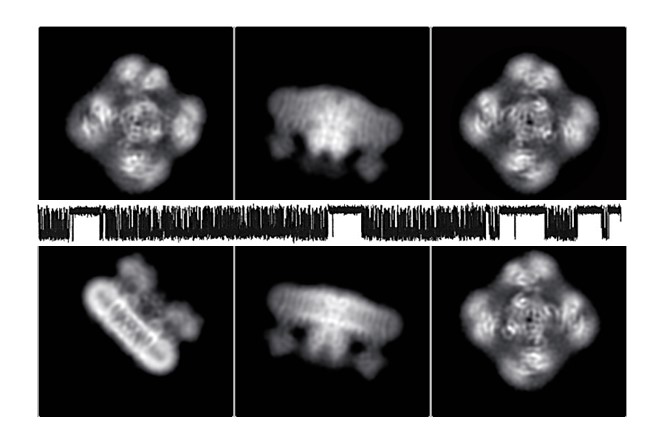
The Shyng lab is interested in understanding ion channel regulation in health and disease, with a focus on ATP-sensitive K+ (KATP) channels. KATP channels link cell metabolism to membrane excitability and are important for regulation of hormone secretion, protection of the heart and the brain against ischemic injuries, and control of vascular tone. KATP channels are uniquely evolved protein complexes that form as octamers of four pore-forming potassium channel (Kir6.1 or 6.2, encoded by KCNJ8 and KCNJ11, respectively) subunits and four regulatory sulfonylurea receptor (SUR1 encoded by ABCC8, 2A or 2B, two major splice variants of ABCC9) subunits. Genetic variations in the KATP channel genes have been linked to several human diseases including congenital hyperinsulinism, neonatal diabetes, DEND (Developmental delay, Epilepsy, and Neonatal Diabetes) syndrome, dilated cardiomyopathy, Cantú syndrome, and AIMS (ABCC9-related Intellectual disability Myopathy Syndrome). Our efforts are directed towards understanding the structural and molecular basis of KATP channel biology, and how mutations in the channel genes disrupt channel function. The ultimate goal is to translate basic science findings to disease treatment by developing mechanism-based therapeutic strategies.